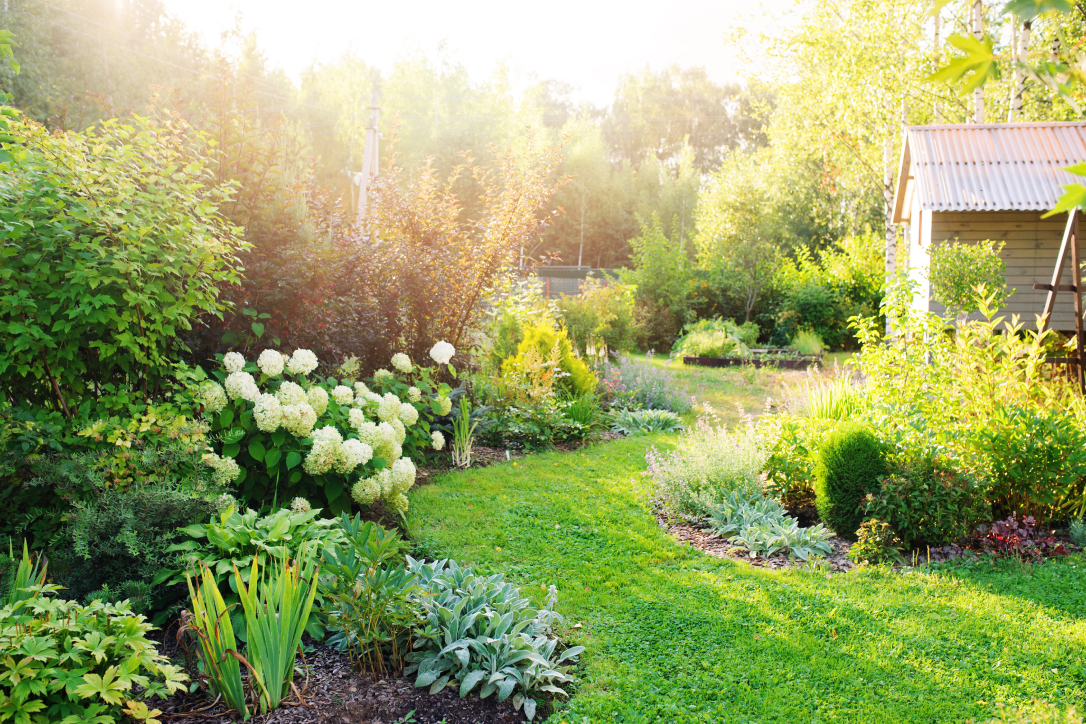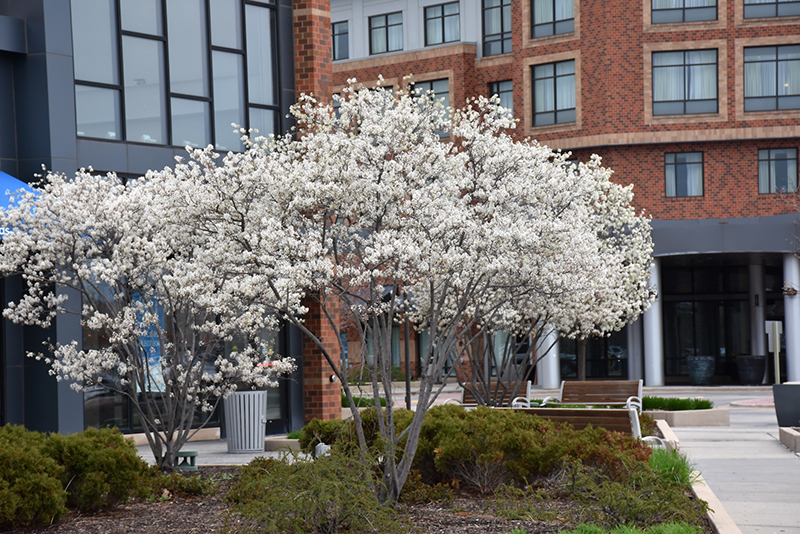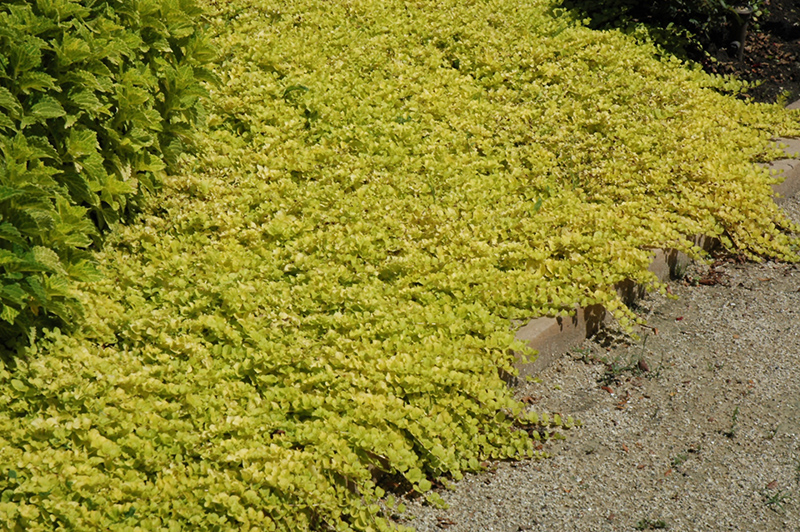25% Off ALL Cut Christmas Trees, Wreaths, & Garland
Come See Us
Ever wonder why some gardens feel instantly welcoming, while others feel a little…off? More often than not, it comes down to how the plants are layered. A well-layered garden isn’t just more attractive—it’s easier to care for, more inviting to pollinators, and more resilient through changing seasons.
Here in Northwest Arkansas, layering plants is both an art and a smart strategy with our unpredictable weather. Whether you're designing a new garden bed or refreshing an overgrown space, these tips will help you build a landscape that feels natural, lush, and full of life.
Layering is all about arranging plants by height, structure, and texture, like building a living mosaic. In nature, plants grow in layers: tall trees form a canopy, mid-sized shrubs fill the space below, and smaller groundcovers spread at the base. In a landscape, you can mimic this to create depth and balance.
Think of the layers in three main categories:
Let’s break down each category further so that you know exactly how to layer your own landscape!

Your tallest plants are your anchors. They provide height, shade, and year-round structure. A few of our favorites here at Westwood are:
Plant taller trees or shrubs at the back of a bed (or center, if it’s viewed from all sides), keeping in mind their full-grown size. This creates a “green wall” that gives your garden form even when the flowers fade.
🌳 Tip: Use deciduous trees in sunnier spots, and evergreens where you want year-round privacy or windbreaks.

This layer is where your garden really comes alive! The middle layer is where you can get creative with blooms, color, and texture.
Some of our favorite go-tos:
This layer ties the whole garden together and keeps the eye moving. Choose a mix of heights, bloom times, and foliage colors to add interest throughout the seasons.
🌼 Tip: Don’t just think in lines! Group your plants in drifts or clusters of 3-5 for a more natural look.

The front of your bed is the finishing touch. These low-growing plants soften hard edges, reduce weeds, and help retain moisture.
Try these locally-loved favorites:
This layer should flow naturally into your lawn, paths, or patio, giving a sense of completion to the bed.
🌿 Tip: Mix in some evergreen groundcovers like ajuga or mondo grass for winter interest.
Layering isn’t just about looks—it helps your plants thrive, especially in our Arkansas climate. Here’s why:
By layering strategically, you’re creating microclimates that help your whole garden perform better!
Layering your plants isn’t about following a strict formula—it’s about working with nature to create a garden that feels full, balanced, and beautiful in every season. And the best part? It evolves with time. Plants grow, mature, and fill in, giving your landscape a lived-in, welcoming feel.
If you're planning a new bed or rethinking an overgrown one, come see us at the nursery! We can help you find the right plants for your layers.
🛒 Visit us at Westwood Gardens or check out our Plant Finder to explore options by size, color, or light needs.